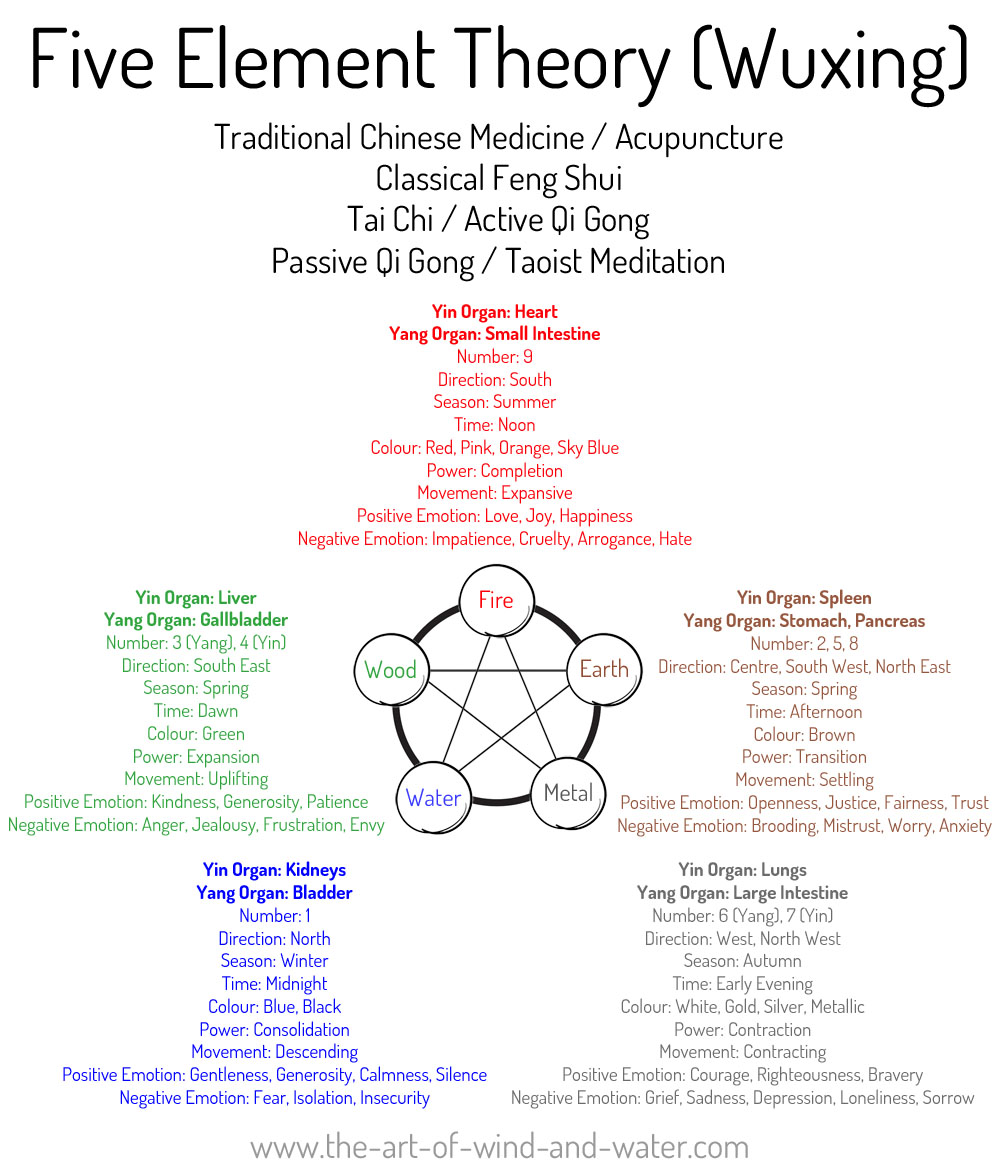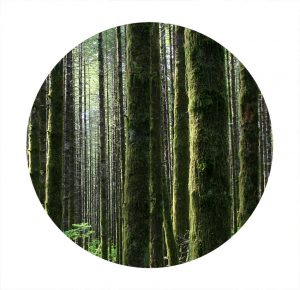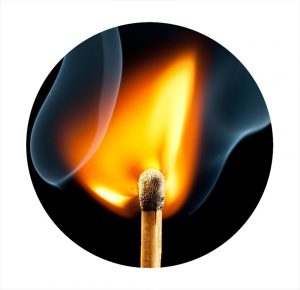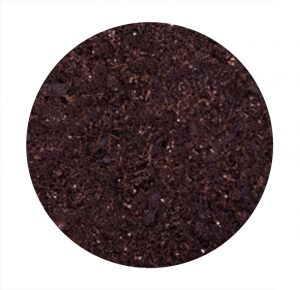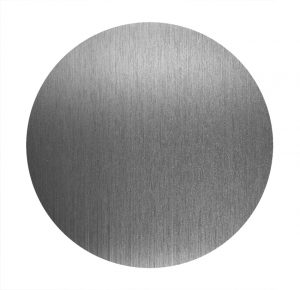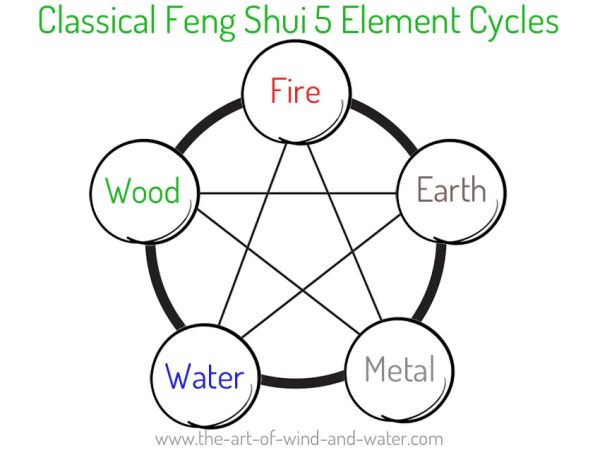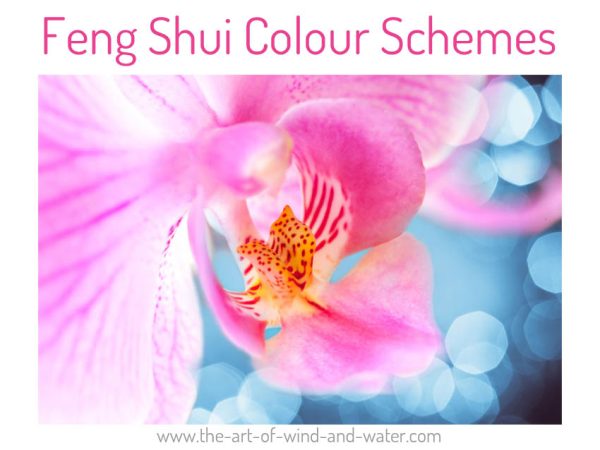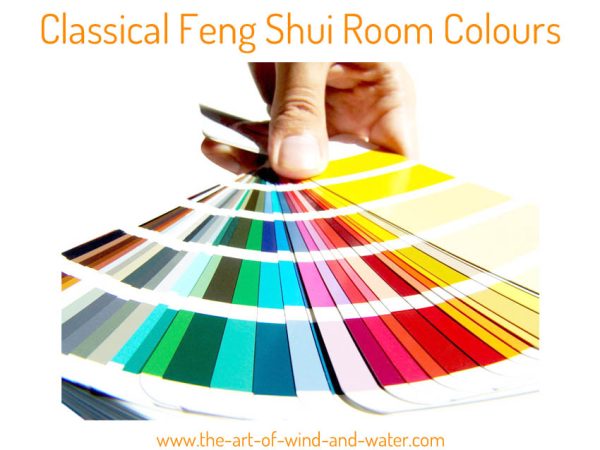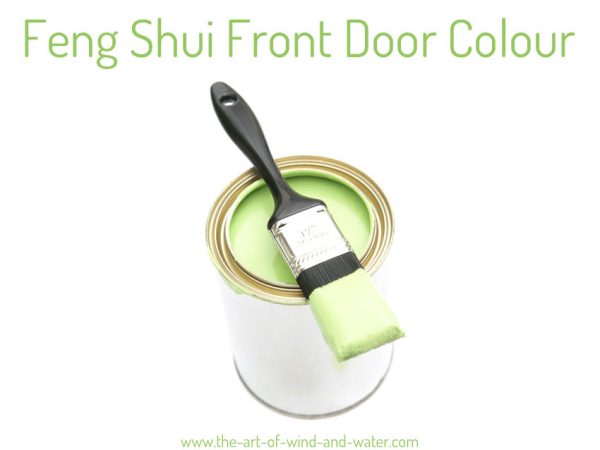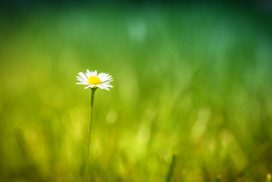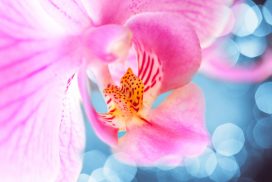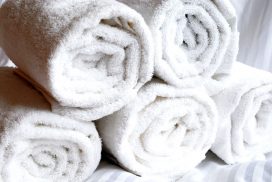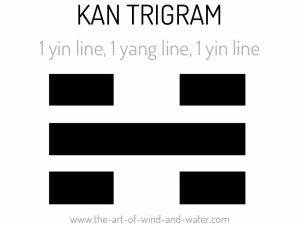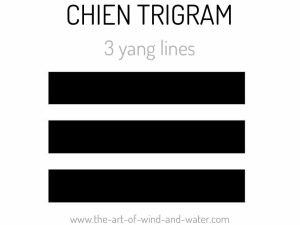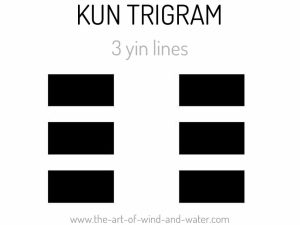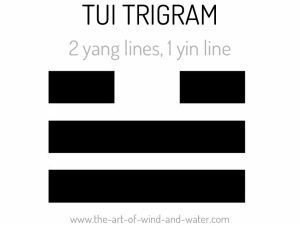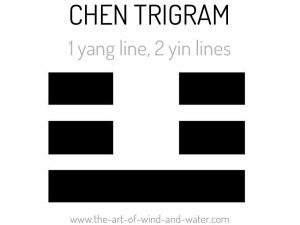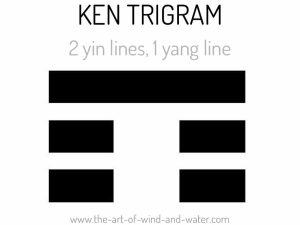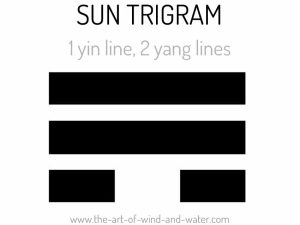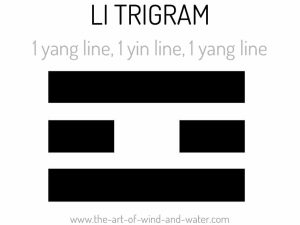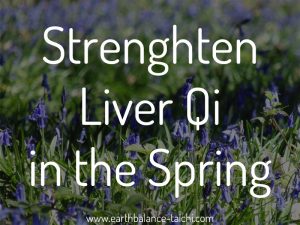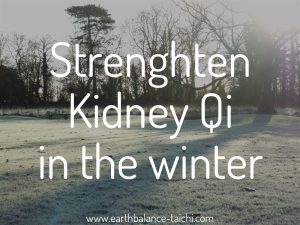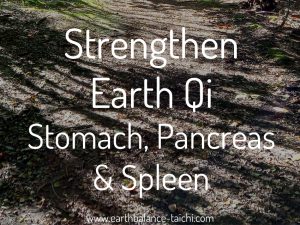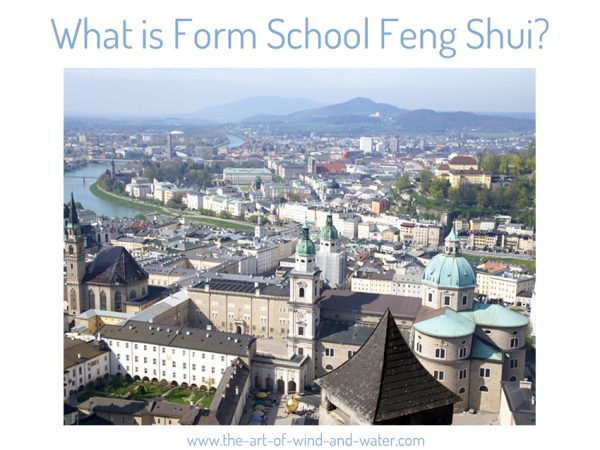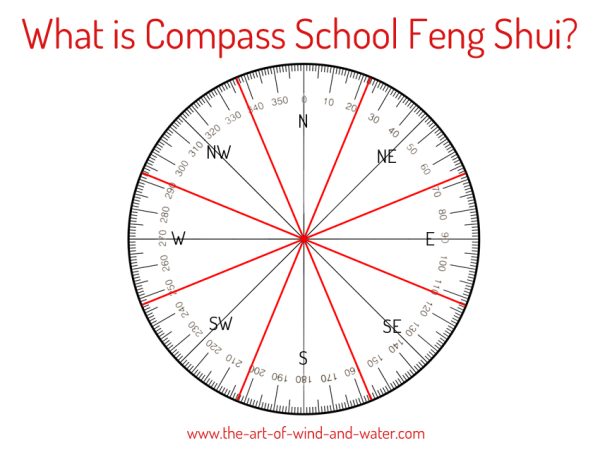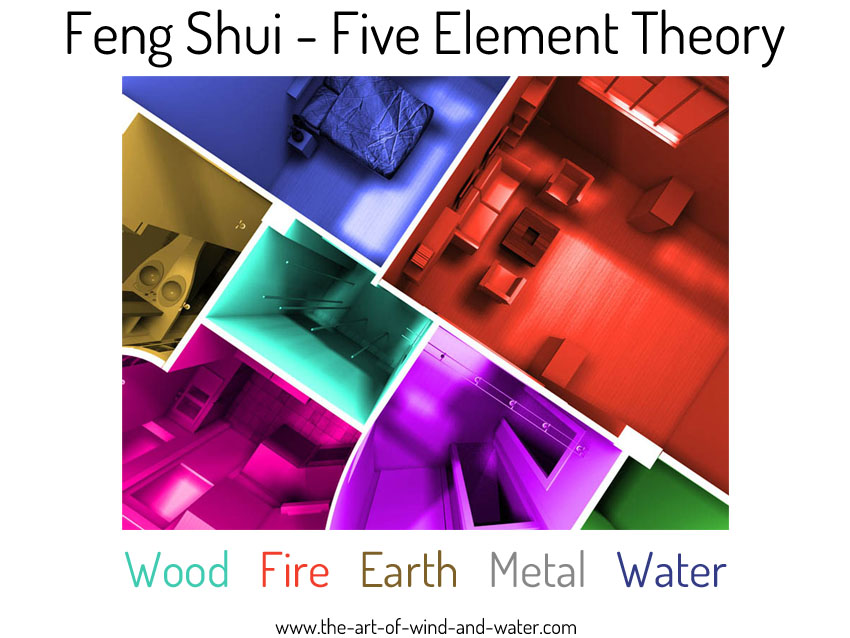
Feng Shui 5 Elements
The Taoist 5 Elements; Fire, Earth, Metal, Water, Wood.
The Classical Chinese elements differ from the four Western elements; Earth, Air, Water and Fire. Air is left out of the Taoist five elements. The Taoists believe that everything between Heaven and Earth has an interaction with the five elements. Each element is associated with different: years, months, days, minutes, seasons, weather, cardinal directions, colours, organs, body parts, illnesses, speech, sounds, emotions etc.
In ancient China, natural changes between the Elements were observed and this system was given a name ‘Wu zhong liu xing zhi Qi’, abbreviated to ‘Wu Xing’. Known also as the '5 Transformation Phases’.
Each of the five elements is seen as a movement, constantly changing in our surrounding environment. An element never dies, only the form changes as it progresses through each phase. The five element theory is also used in Traditional Chinese Medicine, Acupuncture, Meridian Therapy, Shiatsu, Astrology, Macrobiotics, Face Reading, Martial Arts, Tai Chi etc.
The 5 elements are birthed from yin yang:
Taiji
(unity / the one / the whole / the complete)
↓
divides into
↓
Yin Yang
(absolute and infinity)
↓
which then divide into
↓
The 5 Elements
(Wu Xing)
↓
which then divide into
↓
The 8 Trigrams
which then divide into
↓
The 64 Hexagrams
THE FENG SHUI FIVE ELEMENTS
Click on the element images below to read detailed associations with each one.
Together these elements form natural cycles – an important tool for Classical Feng Shui.
The five element theory can be used in a property to enhance or calm areas where there is imbalance after carrying out a Flying Stars analysis. This can help find suitable colours, materials and shapes for each area in your home.
Using the physical Element is the best way to bring it into your interior e.g. for an area that needs Earth, you could use a clay pot (earth element ) filled with earth (earth element ) and a small plant (wood element) that has an earth element shape. Colour and symbolism are less effective than the physical element. It is all about finding the most practical solutions for you and your property. Some clients are able to use the physical elements, some will use colour and some may use just symbolism. This is where creativity and flexibility come in.
Water is the most powerful element in Feng Shui and must be used wisely in the home. It is not advisable to use physical water in some areas, depending on the Flying Stars analysis and the findings of other compass school Feng Shui methods. It is important to seek guidance from a Feng Shui professional when using the five element theory.
5 Element Cycles
As with Yin Yang theory, the 5 elements also interact with each other and hold different relationships depending on which element is in focus. Read more about the constructive cycle, the draining cycle, the insulting cycle and the deconstructive cycle.
5 Elements Architecture
In the surrounding environment, shapes in the landscape whether natural or built correspond to the five element theory. This article looks at buildings and the five elements: wood, fire, earth, metal, water.
5 Element Colour Schemes
The history of colour is rooted in ancient times, religion and culture. There are many colour schemes and colour associations from varying corners of the globe. Here are the three main groups; Western, Eastern and Feng Shui.
5 Elements Room Colours
Each colour is associated with one of the 5 element theory and can be applied as a remedy for the Flying Stars compass school analysis of a home layout.
5 Elements Front Door Colour
Find out what colour your front door should be to be favourable. Using the 5 element theory, determine your site mountain and use the chart to locate which element to use. Chose from the supporting element, or the strengthening element in the 5 element cycles.
Eight Trigrams
The 8 Chinese trigrams (and central number 5 which does not have a Trigram), are associated with a cardinal direction, number, element, organ, body part, illness and other associations. The 8 trigrams are birthed from the 5 elements.
